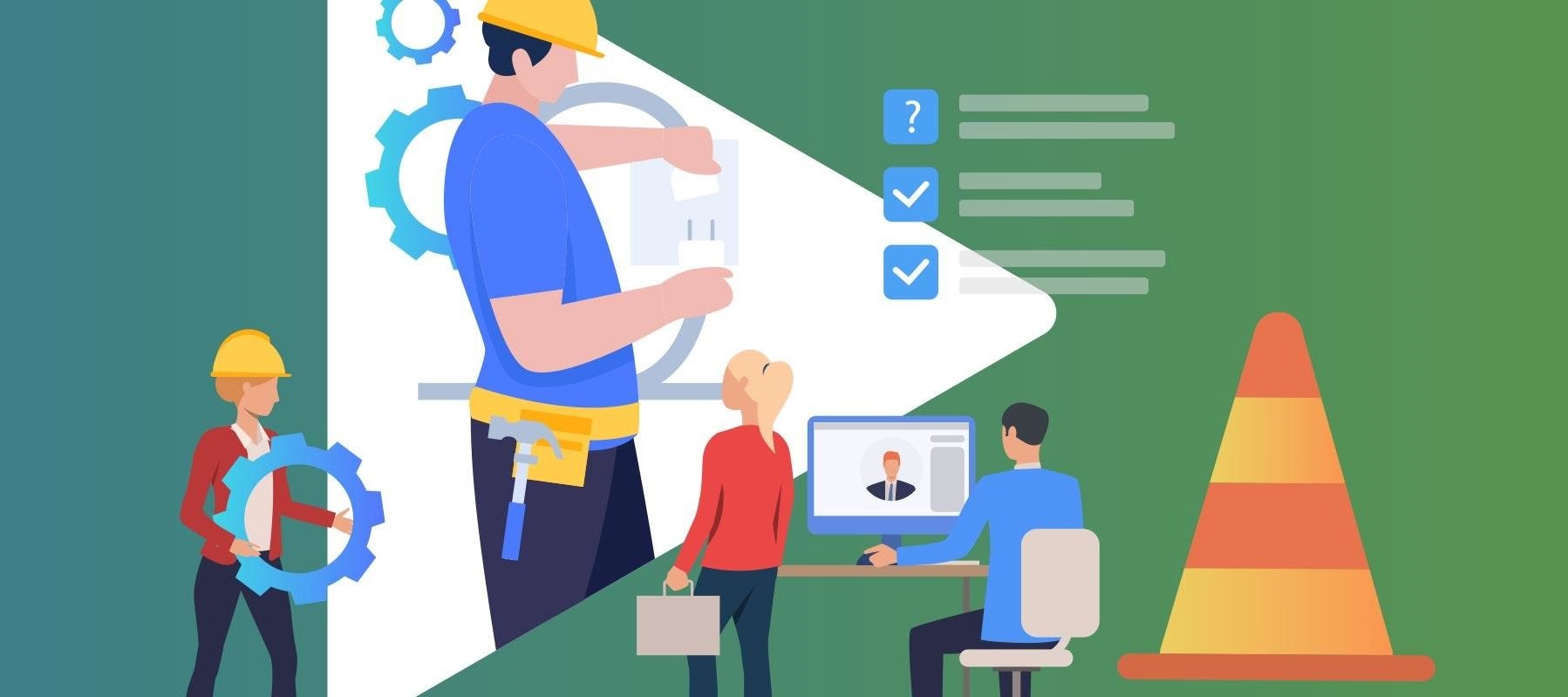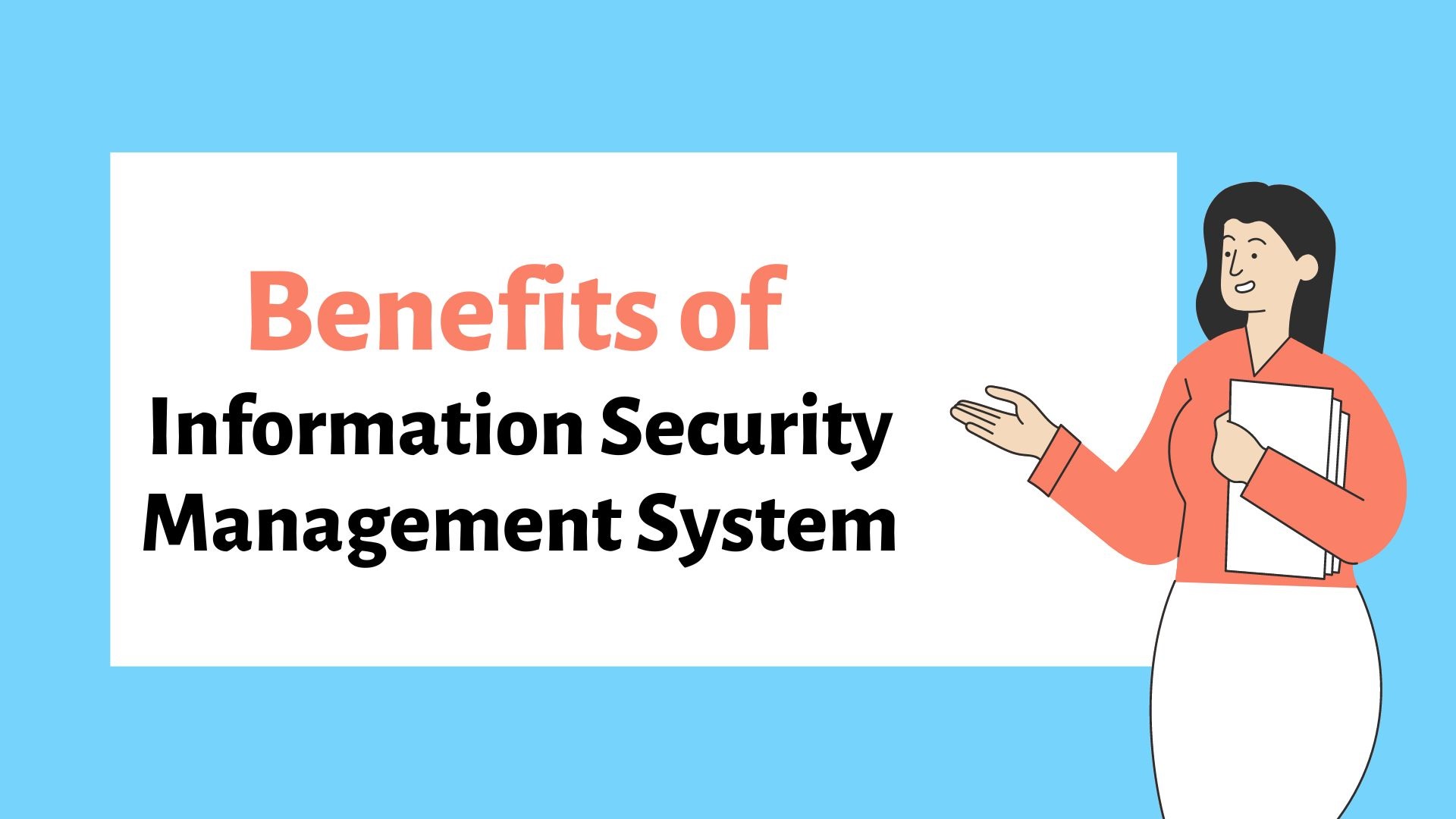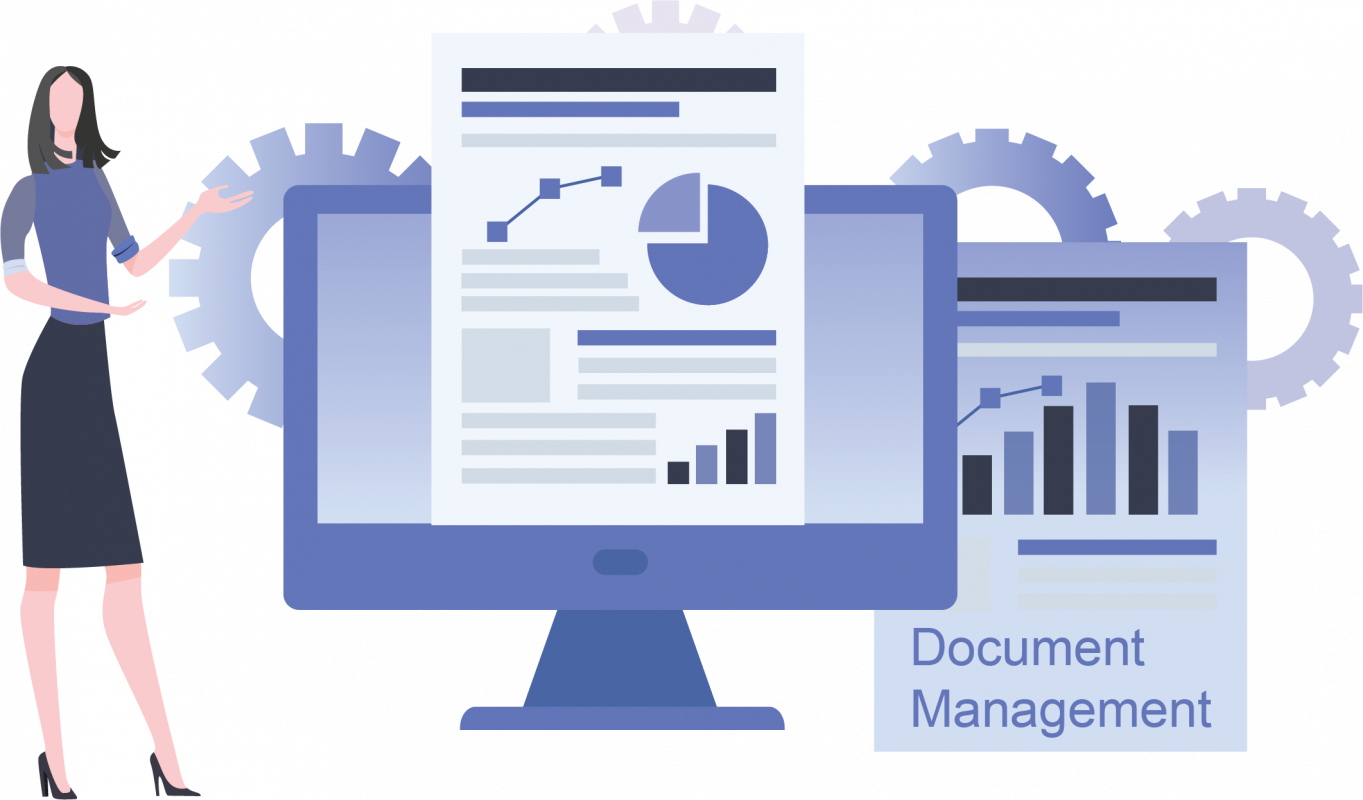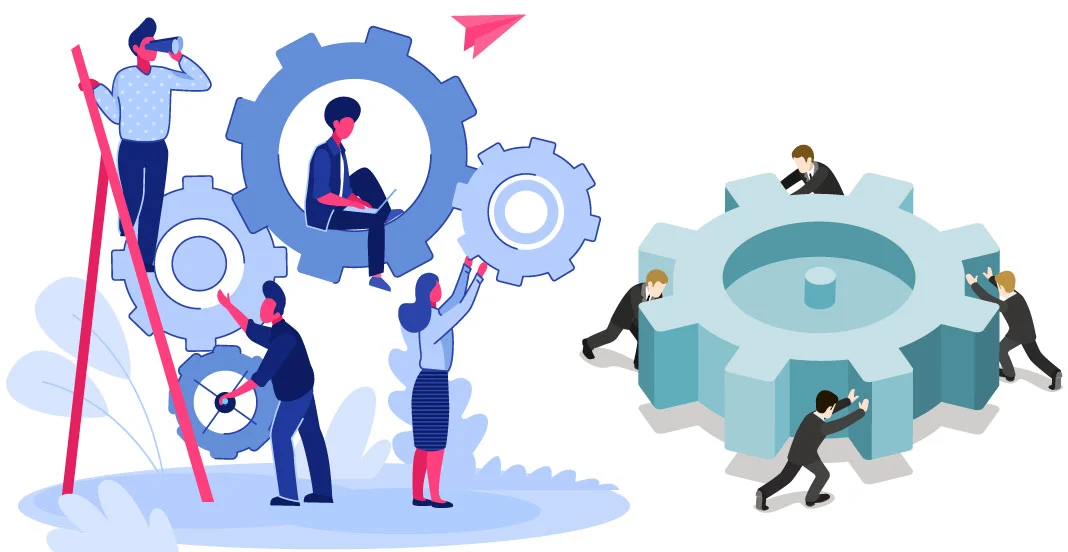management systems
Management systems refer to structured frameworks or processes implemented by organizations to plan, execute, monitor, and improve their operations and activities effectively. These systems encompass various aspects such as strategic planning, resource allocation, goal setting, performance evaluation, risk management, and continuous improvement. Examples include quality management systems, environmental management systems, and information security management systems.
Type of management standards:
There are several standards related to management systems, including:
- ISO 9001: Quality Management System (QMS)
- ISO 14001: Environmental Management System (EMS)
- ISO 45001: Occupational Health and Safety Management System (OHSMS)
- ISO 27001: Information Security Management System (ISMS)
- ISO 22000: Food Safety Management System (FSMS)
- ISO 50001: Energy Management System (EnMS)
- ISO 22301: Business Continuity Management System (BCMS)
Benefits of establishing management systems:
Implementing robust management systems in companies yields numerous benefits, such as:
- Enhanced operational efficiency: By establishing systematic processes and procedures, companies can streamline operations, reduce waste, and optimize resource utilization.
- Improved risk management: Management systems help identify, assess, and mitigate risks, ensuring proactive measures are in place to address potential challenges.
- Increased customer satisfaction: With a focus on quality, safety, and environmental responsibility, companies can meet customer expectations and enhance their reputation in the market.
- Compliance with regulations: Management systems ensure adherence to relevant laws, regulations, and industry standards, reducing the risk of non-compliance and associated penalties.
- Better decision-making: Access to accurate data and performance metrics allows for informed decision-making, driving continuous improvement and strategic planning.
- Stronger employee engagement: Clear policies, defined roles, and effective communication foster a positive work environment, leading to higher morale, productivity, and retention.
- Cost savings: Through waste reduction, energy efficiency improvements, and avoidance of compliance fines, companies can achieve significant cost savings over time.
History of implementation of management systems:
The history of implementing management systems, such as the quality management system (QMS), is a journey marked by the establishment, evolution, and refinement of systematic approaches to ensure organizational excellence.
The inception of quality management can be traced back to the early 20th century when pioneers like Frederick Taylor and Henry Ford introduced scientific management principles to improve manufacturing processes. Over time, the concept of quality evolved, with contributions from luminaries like W. Edwards Deming, Joseph Juran, and Armand Feigenbaum, who emphasized statistical methods and the importance of customer satisfaction.
In the mid-20th century, the International Organization for Standardization (ISO) emerged as a global leader in standardization efforts, culminating in the publication of ISO 9000 series standards in 1987.
Since then, the history of implementing quality management systems has been characterized by ongoing updates and revisions to ISO 9001 standards, reflecting changing business dynamics, technological advancements, and emerging best practices. Each iteration has sought to enhance the effectiveness, relevance, and applicability of QMS principles across diverse industries and sectors.
Today, the implementation of quality management systems is not just a best practice but a strategic imperative for organizations seeking to compete in a global marketplace. Synonymous with innovation, efficiency, and customer satisfaction, QMS serves as a cornerstone of organizational excellence, driving continual improvement, risk mitigation, and sustainable growth.
How to establish and implement the management systems?
Establishing and implementing management systems involves several steps:
Define Objectives: Clearly outline the goals and objectives you want to achieve through the management system.
Identify Processes: Identify the key processes and functions within your organization that need to be managed.
Set Standards: Establish standards and criteria for performance, quality, safety, or any other relevant factors.
Allocate Resources: Allocate the necessary resources, including personnel, technology, and finances, to support the management system.
Design Procedures: Develop procedures and protocols for each process to ensure consistency and efficiency.
Training and Communication: Train employees on the management system and communicate expectations clearly.
Implementation: Roll out the management system gradually, ensuring that all components are functioning as intended.
Monitoring and Evaluation: Regularly monitor the performance of the management system and evaluate its effectiveness against the established objectives and standards.
Continuous Improvement: Use feedback and data gathered from monitoring to identify areas for improvement and make necessary adjustments to the management system.
Documentation and Reporting: Keep thorough documentation of all processes, procedures, and performance data. Regularly report on the status and effectiveness of the management system to stakeholders.
By following these steps, you can establish and implement effective management systems tailored to your organization’s needs.
Here are examples of improvements in organizations achieved through standardization using various management systems:

ISO 9001 Quality Management System:
1. Improved product quality: By standardizing processes for product design, production, and quality control, organizations can consistently deliver high-quality products that meet customer expectations.
2. Increased customer satisfaction: Standardizing customer service processes ensures prompt response times, accurate information, and consistent service delivery, leading to higher levels of customer satisfaction and loyalty.

ISO 14001 Environmental Management System:
1. Reduced environmental impact: Standardizing environmental management processes helps organizations identify, monitor, and mitigate their environmental impacts, such as reducing waste generation, energy consumption, and emissions.
2. Compliance with regulations: Standardizing environmental compliance procedures ensures that organizations meet regulatory requirements related to environmental protection, reducing the risk of fines or penalties.

ISO 45001 Occupational Health and Safety Management System:
1. Enhanced workplace safety: Standardizing safety procedures and protocols improves hazard identification, risk assessment, and accident prevention, creating safer work environments for employees.
2. Reduced workplace injuries and illnesses: Standardized safety training programs and protocols help organizations prevent workplace injuries and illnesses, leading to lower absenteeism, reduced insurance costs, and improved employee morale.

ISO 27001 Information Security Management System:
1. Strengthened data protection: Standardizing information security controls and procedures helps organizations safeguard sensitive information, such as customer data and intellectual property, from unauthorized access, disclosure, or loss.
2. Reduced cybersecurity risks: Standardized cybersecurity measures, such as regular security audits, employee training, and incident response procedures, help organizations detect and mitigate cybersecurity threats more effectively, reducing the risk of data breaches and financial losses.
Lean Management System:
1. Elimination of waste: Standardizing lean principles and practices, such as 5S workplace organization and continuous improvement (Kaizen), helps organizations identify and eliminate waste in processes, leading to increased efficiency and cost savings.
2. Improved productivity: Standardizing lean tools and techniques, such as value stream mapping and kanban systems, helps organizations streamline workflows, reduce lead times, and increase productivity.

Documentation is essential for establishing a management system effectively. Here’s an overview of the required
What documentation is required to establish a management system?
Documentation is essential for establishing a management system effectively. Here’s an overview of the required documentation:
Policy Documents: These outline the organization’s overall objectives, commitment, and approach to the management system. Examples include quality policy, environmental policy, health and safety policy, information security policy, etc.
Procedures: Detailed step-by-step instructions on how specific processes within the management system are performed. Procedures should cover activities such as document control, internal audits, corrective and preventive actions, etc.
Work Instructions: These provide specific guidance on how to carry out particular tasks or activities within the organization. Work instructions are more detailed than procedures and may include diagrams, checklists, or visual aids to assist employees in performing tasks correctly.
Forms and Records: Standardized forms and templates for documenting key information and records generated as part of the management system processes. Examples include audit checklists, non-conformance reports, training records, etc.
Manuals or Handbooks: Comprehensive documents that provide an overview of the entire management system, including its scope, objectives, structure, and key processes. Manuals or handbooks serve as reference documents for employees and external stakeholders.
Policies and Procedures Review: Regular review and updates of policies and procedures to ensure they remain relevant, effective, and compliant with legal and regulatory requirements.
Training Materials: Materials used for training employees on the management system, including presentations, training manuals, quizzes, etc.
External Documents: Documents from external sources that are relevant to the management system, such as industry standards, regulatory requirements, customer specifications, etc.
Document Control Procedures: Procedures for managing the creation, review, approval, distribution, and revision of documents within the management system. Document control ensures that all documents are current, accurate, and accessible to the appropriate personnel.
Retention and Disposal Procedures: Procedures for the retention, storage, and disposal of documents and records generated as part of the management system. Retention periods should be defined based on legal, regulatory, and business requirements.
By ensuring the availability of comprehensive documentation, organizations can effectively communicate their management system requirements, procedures, and expectations to employees, stakeholders, and auditors, thereby facilitating the successful implementation and maintenance of the management system.

